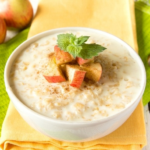1. Treadmill Weight Loss Running Rules
To achieve effective weight loss on a treadmill, it is important to maintain a heart rate within the safe range of 60-90 beats per minute, preferably 60-70 beats per minute. You can easily monitor your heart rate on the treadmill’s display screen and adjust the speed accordingly, which is a distinct advantage compared to outdoor running.
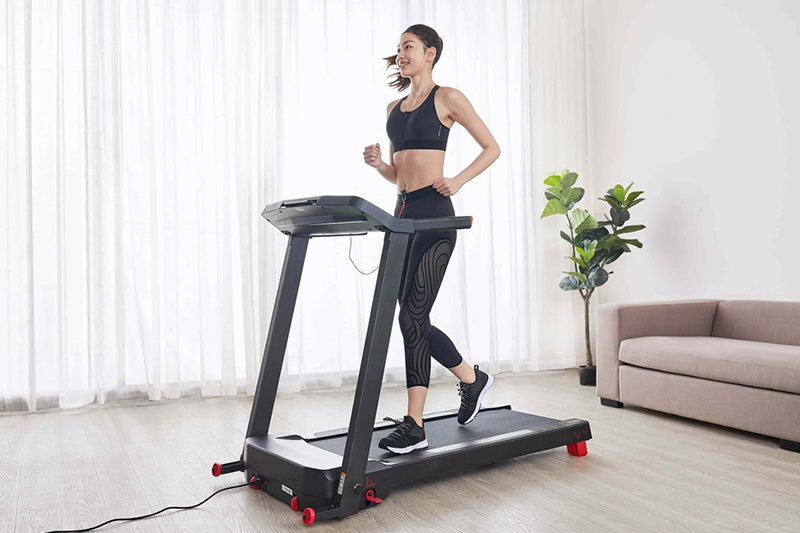
2. Treadmill Weight Loss Running Techniques
Warm-up
Prior to running, it is essential to properly warm up your body to prevent injuries, enhance endurance, and improve flexibility during training. The duration of the warm-up may vary from 10 to 20 minutes, depending on your fitness level. Basic warm-up exercises such as wrist rotations, leg lifts, and thigh raises can be performed.
To warm up effectively, follow these steps:
- Step 1: Begin by briskly walking for approximately 5 minutes to raise your heart rate and warm up your body.
- Step 2: Take a 30-45 second break and perform warm-up exercises like ankle pumps, high knee runs, deep squats, and high kicks.
- Step 3: Finally, start running on the treadmill and gradually increase the speed. After finishing, walk for about 5 minutes to cool down your body.
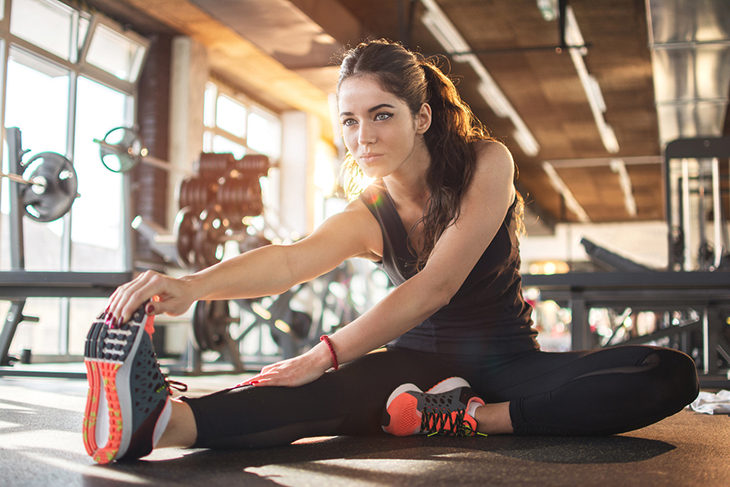
When aiming for effective weight loss, it is important to maintain proper posture – keeping your back straight, eyes forward, body relaxed and comfortable, and head facing forward.
Additional Notes:
- Avoid leaning back or forward and keep your back straight.
- Breathe properly after warming up.
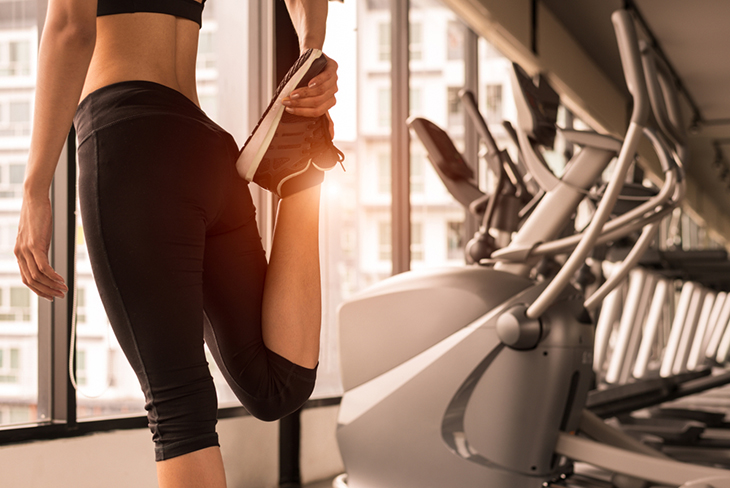
Running Time
When starting your run, select a speed of approximately 3-6 km/h to allow your body to adapt. Gradually increase the speed according to your fitness level and maintain the heart rate within the weight loss range to burn calories effectively.
Running at least 3-4 times per week for a minimum of 30-40 minutes each time will yield better weight loss results. Uphill running exercises, as recommended by the President’s Council on Physical Fitness and Sports, can also be beneficial for burning energy and reducing excess fat in areas such as the abdomen, buttocks, thighs, and hips. Treadmill display screens can provide information on speed, time, calorie consumption, etc.
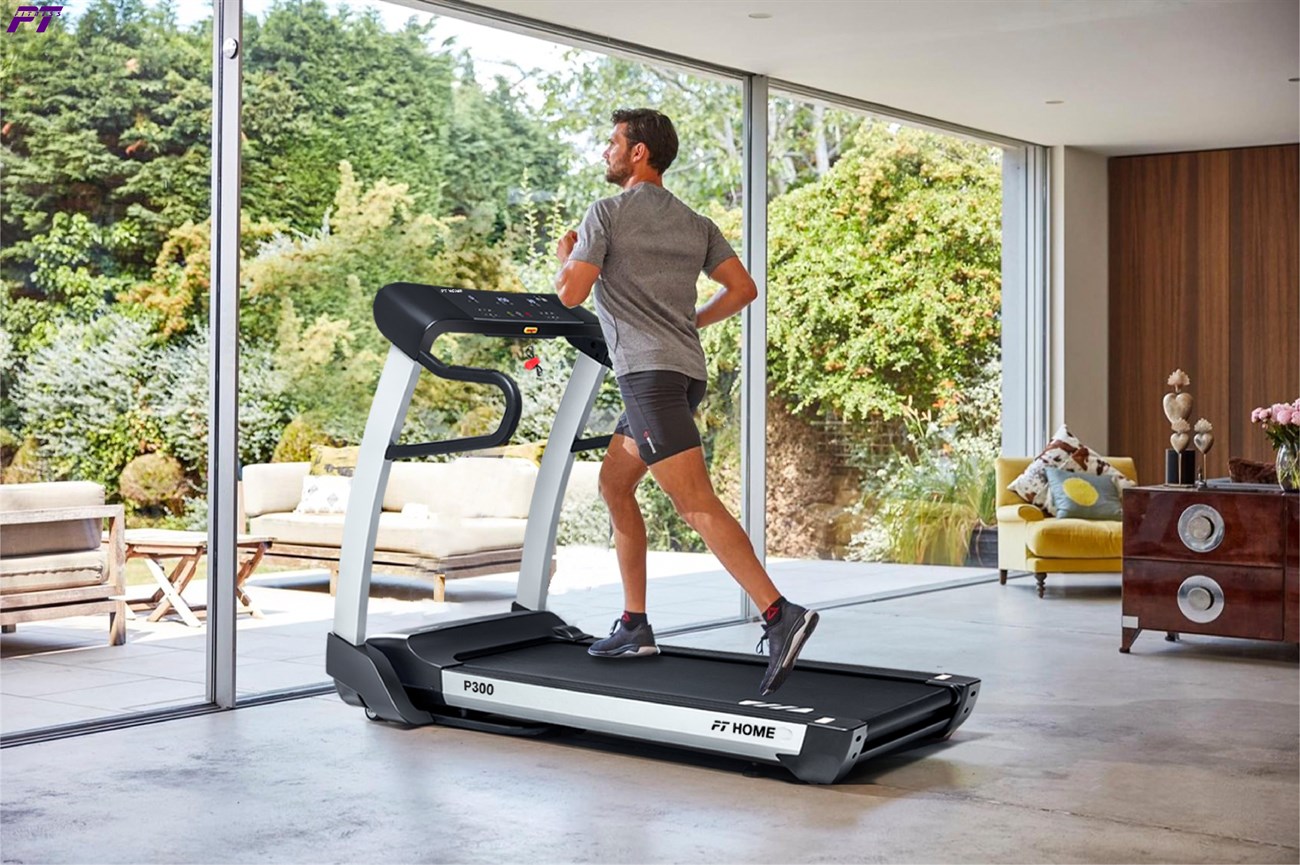
Finishing the Training
When you are ready to finish your run, it is important to gradually reduce the treadmill’s speed and decrease the incline instead of stopping suddenly. Allow at least 10 minutes to cool down by transitioning from running to walking.
Relax your arms and legs to create a light and relaxed feeling in your body. Finally, perform gentle warm-up exercises to stretch your entire body.
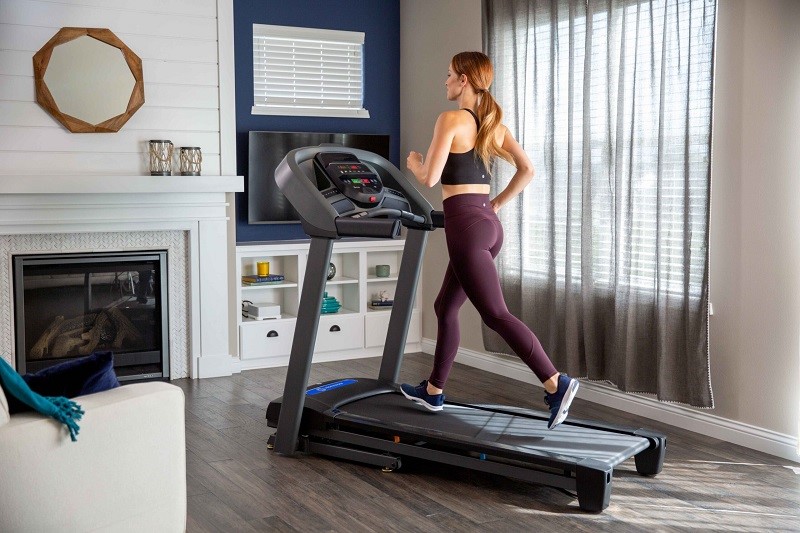
3. Notes on Treadmill Weight Loss Running
Choose Suitable Shoes
Choosing appropriate shoes for running is crucial for foot comfort and injury prevention. Incorrect footwear can lead to problems such as tendon inflammation, knee pain, shin splints, and plantar fasciitis. It is recommended to purchase shoes from reputable websites or specialized sports shoe stores, where you can find information about shoe materials, sizes, and user reviews.
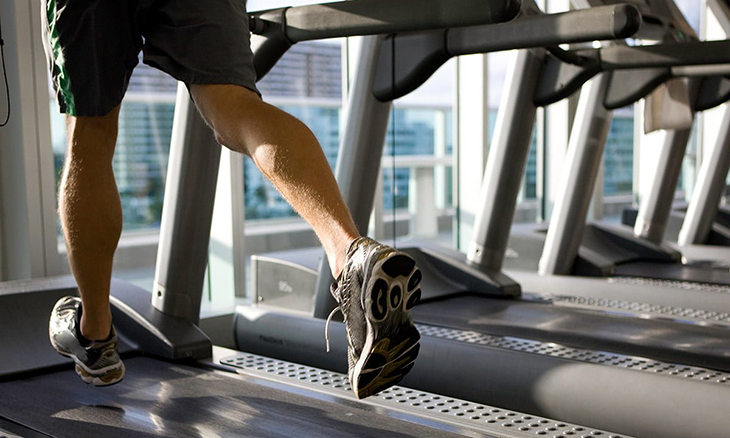
Training Attire
For physical activities, it is important to wear comfortable clothing with good stretchability and sweat absorption. Opt for reputable sports stores for high-quality attire that prevents chafing and allergic reactions.
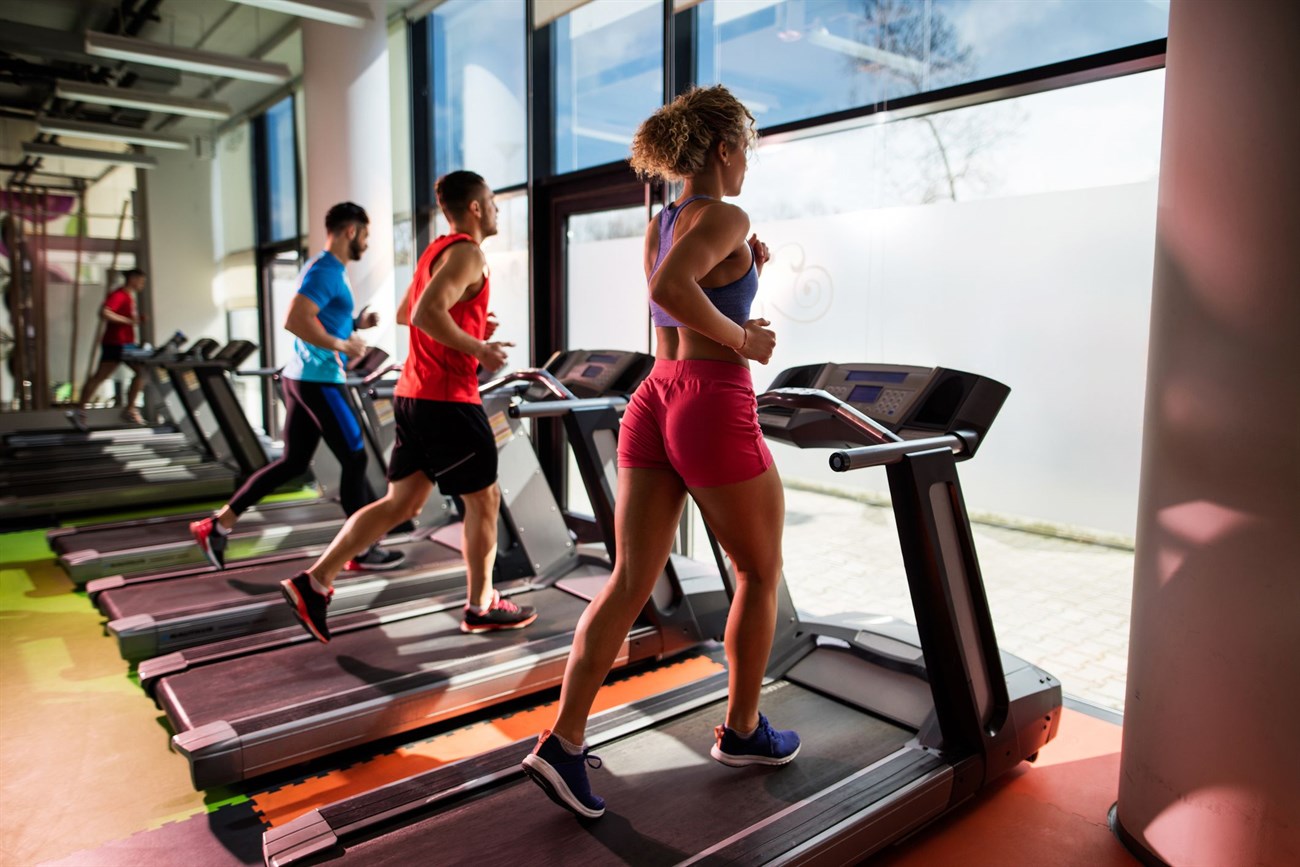
Correct Running Technique
Training with the proper running technique is crucial for injury prevention and maximizing efficiency. It helps build endurance and allows you to run longer and faster. Consider the following basic running techniques:
- Run with high thighs, keeping your back straight, head raised, and feet beneath your body’s center.
- Relax body parts such as the jaw, facial muscles, lightly clench fists, and move shoulders to promote relaxation.
- Bend elbows at a 90-degree angle and swing arms back and forth.
- Tighten, contract your abdomen, and pull your pelvis towards your spine.
- Avoid sideways movement of the hips and shoulders.
- Aim for a running cadence of 170-180 strides per minute.
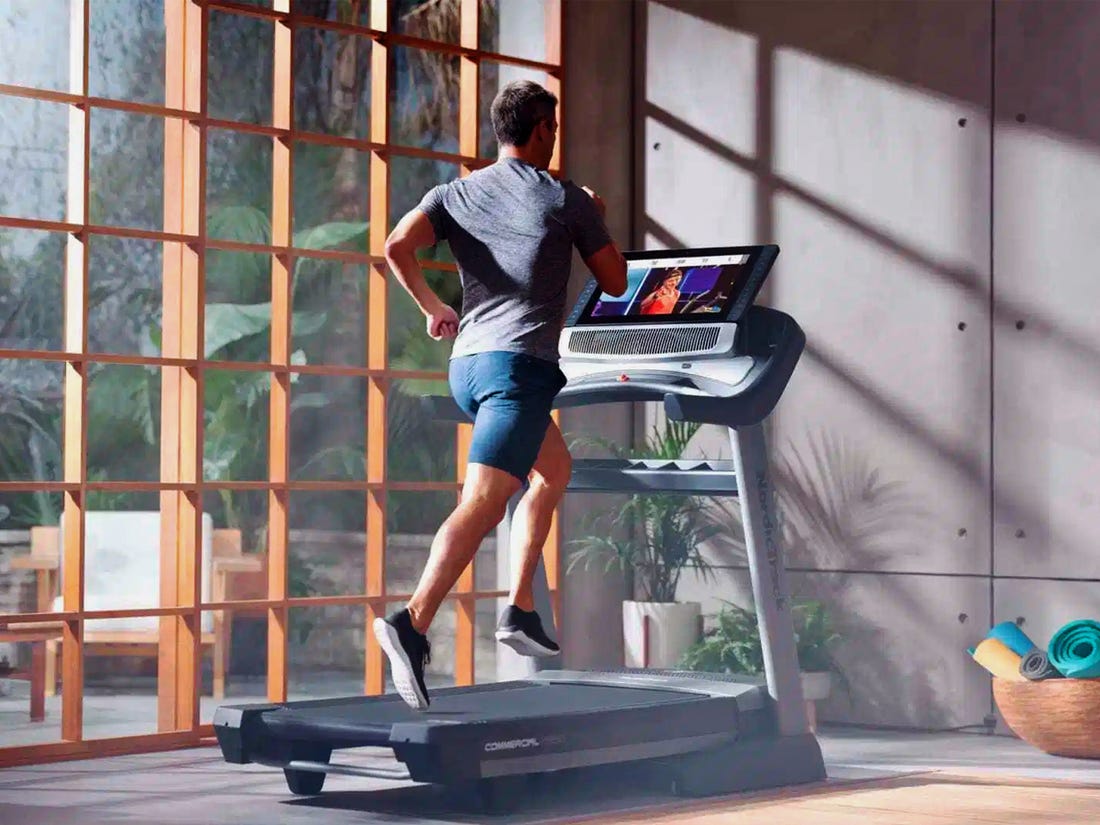
Dietary Regimen
In addition to proper running techniques, maintaining a balanced diet and nutrition is vital for effective weight loss. Follow these guidelines:
- Include 50% carbohydrates in your diet, sourced from vegetables, grains, fruits, etc.
- Consume 25% protein from foods like fish, eggs, poultry, and beans.
- Allocate the remaining calories from healthy sources such as nuts, seeds, and olive oil.
Furthermore, adhering to appropriate meal timings enhances the training process:
- Consume your main meal 2-3 hours before running.
- If you feel hungry before running, have a light snack such as a banana, dried fruits, or a small smoothie. Choose easily digestible foods with a moderate starch content.

Stay Hydrated
Water is essential during sports activities. Proper hydration helps maintain endurance and prevents injuries during training. It is recommended to consume sufficient water throughout your training session. In daily life, aim to consume at least 2 liters of water per day to improve overall bodily functions.
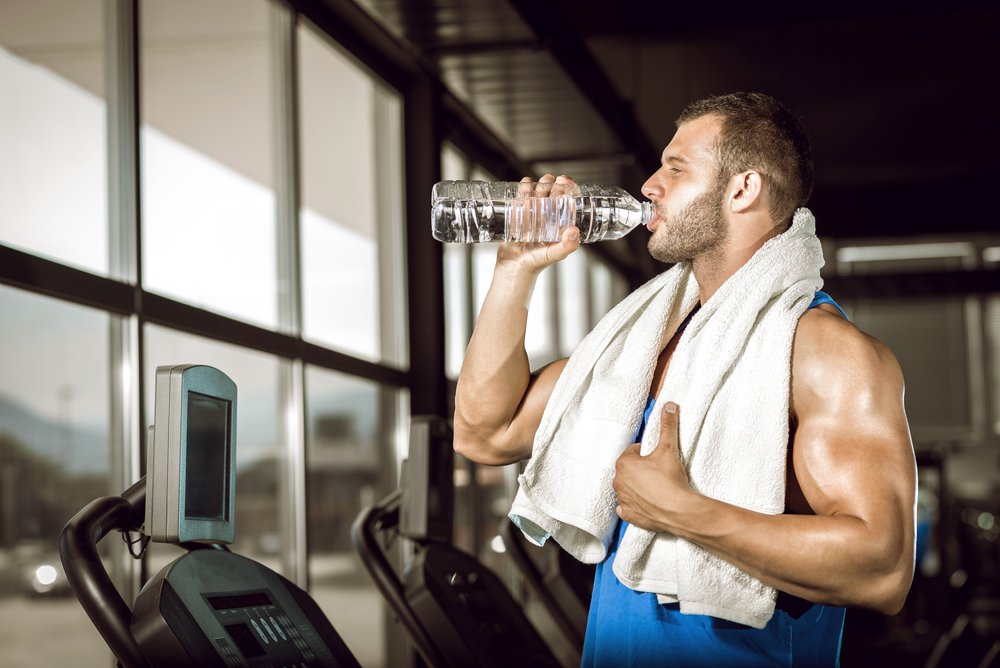
We hope this article has provided you with valuable information on effectively losing weight using a treadmill. If you have any questions, please feel free to leave a comment below!
The Impact of Morning Running on Weight Loss and Belly Fat Reduction
If you’re hoping to shed some extra pounds and get rid of stubborn belly fat, running in the morning could be just what you need! Beneficial for all ages, and a go-to for those looking to lose weight, running is an excellent way to exercise. Get all the info you need to start running in the morning with our comprehensive guide!



























